
uaoao
-
Posts
20 -
Joined
-
Last visited
Content Type
Profiles
Forums
Gallery
Blogs
Events
Articles
Store
Downloads
Posts posted by uaoao
-
-
I seen the description, but thought it may have been made up to sell on the website.
-
-
Does anyone know if boot sole tread patterns were given designations by the MOD?, also which contractors made them?
It would have been better if the MOD still kept the 'DMS' or 'BCH' type treads on assault boots or made a new version of it.
-
Has anyone here seen these boots before?, if anything its what the ammo boots should have been.

http://www.ew-trading.com/shop/british-boots-c-1_5_16/northern-ireland-patrol-boot-p-363
-
Has anyone ever used different colours together of blanco to make camouflage on webbing etc?
-
Has the British ever came up with the idea of DPM camo berets?. I know that some countries issue camo berets to the likes of Special Forces. The South African 32 Buffalo Battalion wore camo berets in the border war.
Myself, the idea of camo berets is taking things too far lol
Didnt the British have somthing similar called the General Service Cap but in khaki?
-
They were some of the best DPM variants.
-
Here is a thread about Paratrooper Smocks of the world if anyone here is up for discussing about. If anyone here finds any unusual or foreign variants, post here.
-
Why do Para Smocks retain the knitted cuffs?, it would probably be better off with the likes of elasticated/velcro/press stud or ''ninja'' type thumb holes as they wont get sweaty, take ages to dry and would be more hard wearing.
-
Has there ever been a CS95 version of the Para Smock?, Would it have just been a CS95 jacket but with press studs/jump flap and velcro/press stud/elasticated cuffs?.
-
Has there ever been any idea to issue Para trousers? (IE Denison/DPM trousers with press stud pockets?), I dont mean the windproof camo trousers but somthing that would have matched the Denison smock as OG lightweight trousers would have stood out in some conditions.
-
Has there ever been British Army Para boots? (IE: Ammo/DMS boots with higher legs). Its just that other countries came up with Paratrooper boots during WW2.
-
Although Argentina was the first country on the continent of South America to establish a Paratrooper force, Peru was the first to see action in the 1941 Ecuador-Peru conflict.
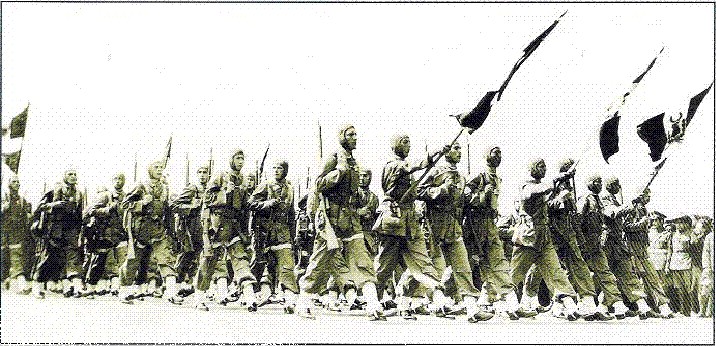
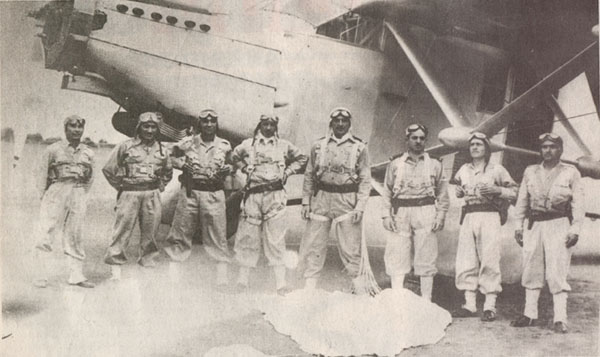
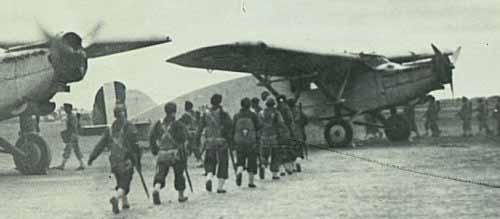
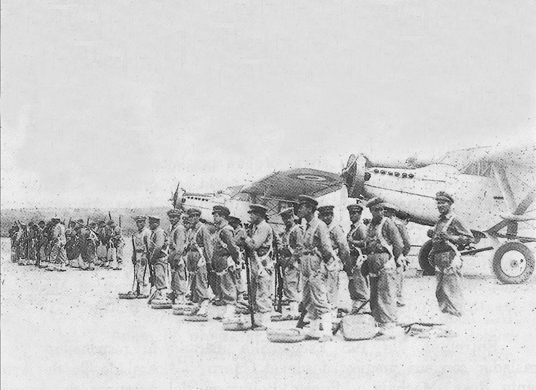

http://www.oocities.org/es/conflictoperuecuador1941/fap-1941.html
-
This RARE New Zealand Armed Forces 1986 dated camouflage Parachutist's jump smock (Like the famed Denison Smock) is one than MOST collector's simply will NOT HAVE
WORN by The FEW New Zealand Army parachute-trained soldiers and by the ELITE NZSAS (New Zealand Special Air Service Regiment) or S.A.S.
The NZDF have got particularly SECURITY CONCIOUS recently and will NO LONGER SUPPLY used NZDPM uniforms to the Army Surplus Stores
Current regulations REQUIRE that all NZDF DPM garments be DESTROYED once they are no longer required
As a consequence of this ? the ONLY "source of supply" for such is from current or ex-serving members of the TINY NZDF
SIZE = 4 which is SMALL (medium small) will not fit a fatty
The New Zealand disruptive pattern material, also known as the New Zealand DPM, is the official camouflage uniform used by the New Zealand Armed Forces.
It is very similar to the British Disruptive Pattern Material.
Historically, New Zealand's armed forces used British DPMs, with the first issues of 1968 Pattern smock and trousers being made in 1980.
These were replaced with the first of the New Zealand pattern DPM in 1984–1985, and there have been several iterations since.
In the mid-1990s a quantity of British windproof smocks were purchased as the indigenously developed DPM camouflage woollen "Swanndri" had never really found favour due to its weight (especially when wet), bulk and impractical cut.
This dress is worn by all ranks of the New Zealand Army and New Zealand Defence Force for most forms of training and on operations.
Medals and medal ribbons are never worn with this uniform as its main purpose is camouflage.
Those deployed on operations and peacekeeping missions wear a black and white Kiwi badge and New Zealand flag badge on their left arms to identify them as New Zealanders, as well as multinational force identification badges and headwear as appropriate, including the United Nations, International Security Assistance Force or Multinational Force and Observers badges.
When worn in the field, the sleeves are rolled down, and camouflage face paint is worn.
1997 Pattern
After a series of cheaply made shirt and trouser iterations, a new pattern was issued in 1997; it resembled in DPM colour and cut the British jungle DPM shirt and trousers used until the late 1990s which were lighter in colour than the British "Combat Soldier 95" pattern. Of high-quality manufacture, the shirt and trousers feature double knees, elbows and seat. Rank slides are worn on the shoulders. A lightweight 100% cotton DPM windproof smock is issued, which has a rank slide on the front, covered buttons and an integral hood.
2008 Pattern
In late 2008, New Zealand Army commenced issue of a new combat uniform. It is still New Zealand DPM camouflage, but now made in rip-stop material and in a new cut which is somewhat similar to the latest style of Australian DPCU, US ACU and British PCS MTP uniforms, in that the patch pockets on the shirt are replaced by internal, vertical closure pockets and the shirt is cut for wear outside the trousers, and a camouflaged rank slide is worn on the front tab.
-
Does the NZ Smock come with a jump flap?.
-
a warm welcome ! do you own a vehicle ?
I dont, but i am quite into them though.
-
Portuguese DPM Para Smock. Similar to the British one but with 2 press studs on pockets, roll pin/velcro cuffs, storm flap.
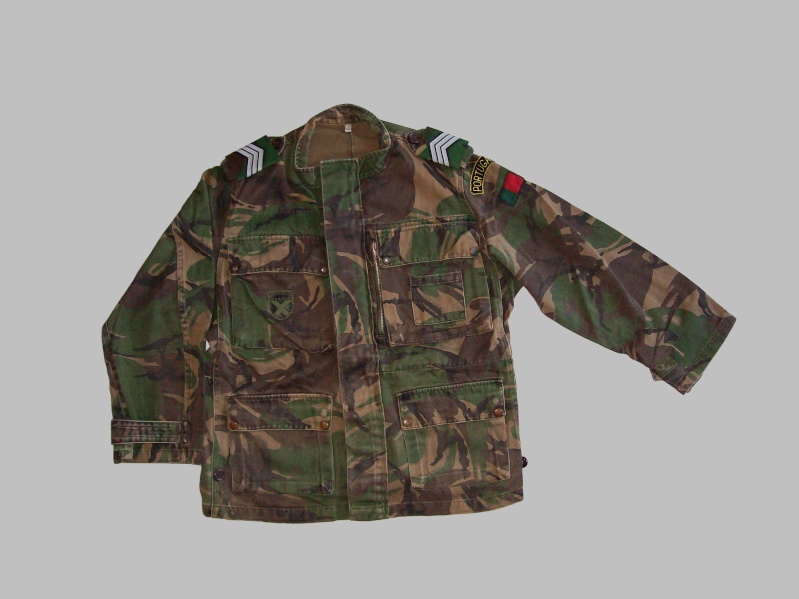


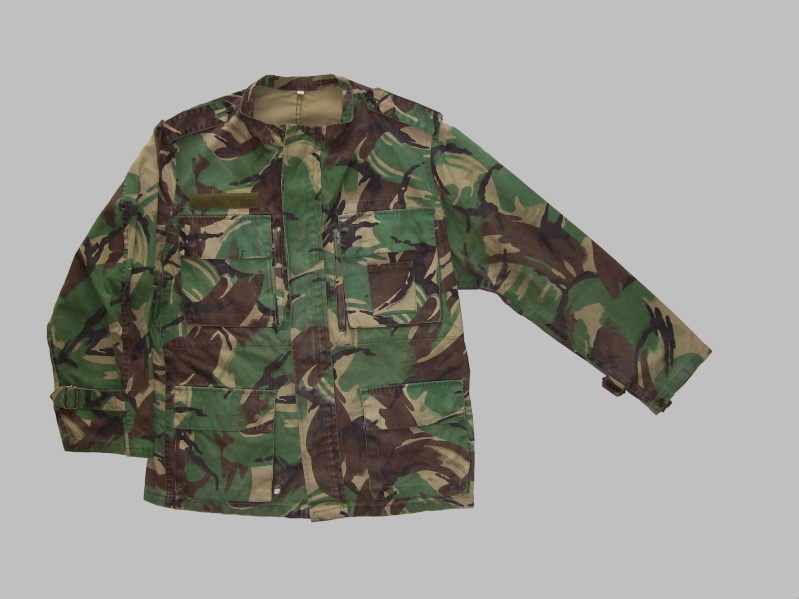

More here: http://iacmc.forumotion.com/t5651-paratrooper-dpm-pattern
-
Airborne Forces, most notably in Portugal and South American countries have a distinctive way of lacing boots. Not only for traditions but to increase ankle support during a parachute jump. Only paratroopers wear them with surplus green paracord instead of the usual black string. On parade, they are usually worn with white paracord.

-
Hi everyone
Im new here and i wanna say hello to all hmvf forum users!




Ripple printed aircraft control columns
in Aviation
Posted
Does anyone know who made the 'ripple print' grips used in RAF Aircraft?, also how were they made?, what was used to make the surface?. Any help would be greatful.